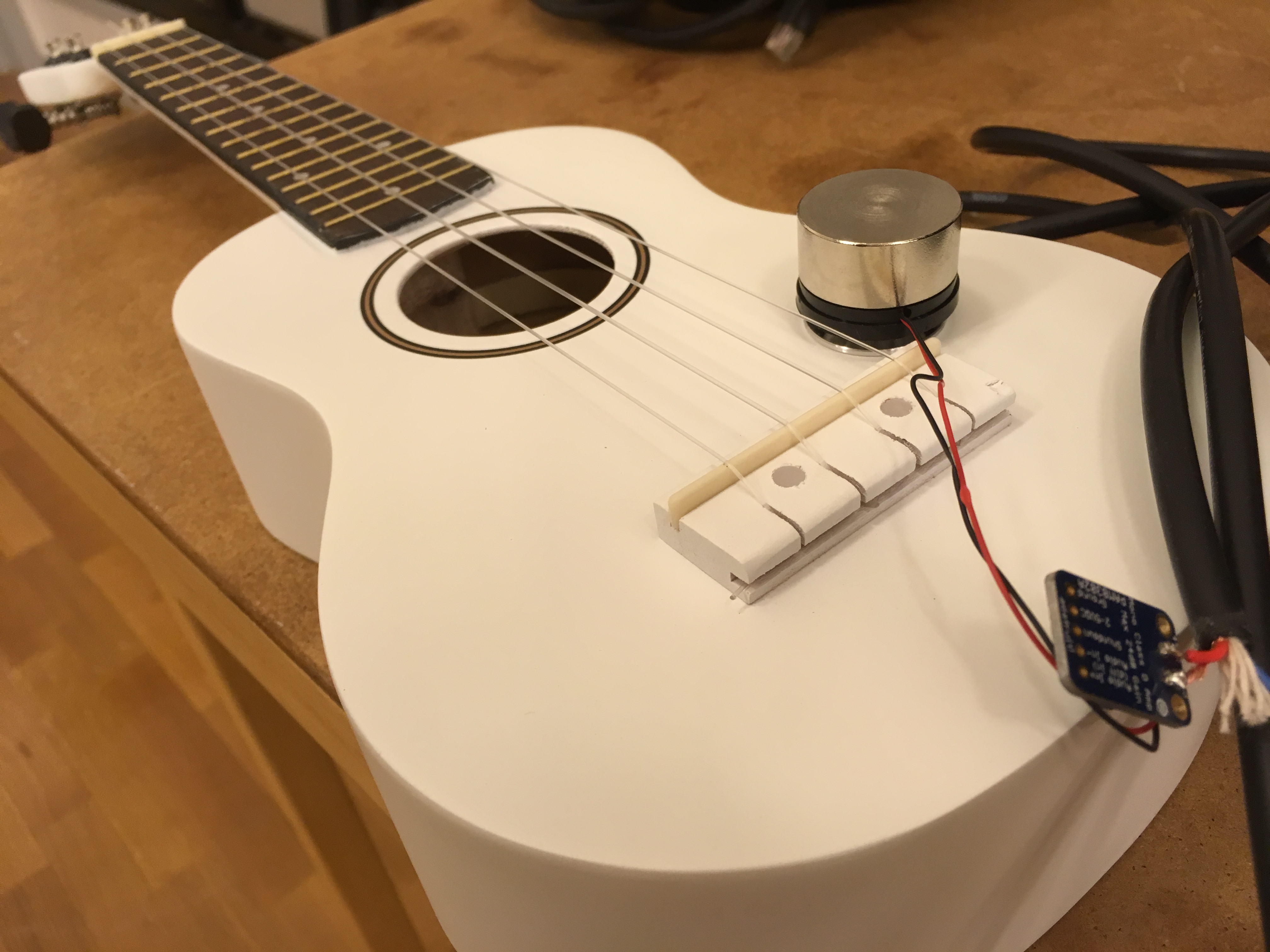A think I’ve sort of solved . The remaining problem now is that it appears to arrive as a plain mention and not as a reply.
Apparently I broke webmentions when I created my new blog theme. By breaking them I mean they are sent anonymously.
I do remember solving this ones for my old theme but I don’t remember what the root cause and solution was. 😞
 Henrik Carlsson posted this
note
on
and tagged it with Narrating my work
Henrik Carlsson posted this
note
on
and tagged it with Narrating my work 
 ©
©
Replies and comments
MrHenko
20 juli, 2020 10:11@MrHenko This is a reply to my own post. The reply is hosted on micro.blog. (This is a test.)